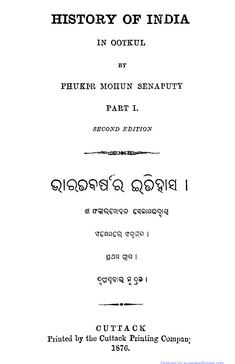One of the oldest and most significant civilizations in the history of the globe originated in the Indian subcontinent, a large landmass in South Asia. This article understands the subcontinent, which historically has been referred to simply as “India,” to include not only the present-day Republic of India but also the republics of Pakistan (which was divided from India in 1947) and Bangladesh (which was the eastern portion of Pakistan until its independence in 1971). See Pakistan and Bangladesh for the histories of these latter two nations since they were founded.
One of the oldest and most significant civilizations in the history of the globe originated in the Indian subcontinent, a large landmass in South Asia. This article understands the subcontinent, which historically has been referred to simply as “India,” to include not only the present-day Republic of India but also the republics of Pakistan (which was divided from India in 1947) and Bangladesh (which was the eastern portion of Pakistan until its independence in 1971). See Pakistan and Bangladesh for the histories of these latter two nations since they were founded.
The subcontinent can be broadly divided into two major divisions: in the north, the basins of the Indus and Ganges (Ganga) rivers (the Indo-Gangetic Plain), and in the south, the block of Archean rocks that forms the Deccan plateau region. These hills and mountains are represented by the Indo-Iranian borderlands on the west, the Indo-Myanmar borderlands on the east, and the Himalayas to the north. The Indus civilisation, also known as the Indus civilization, flourished during the third millennium BCE, and the Ganges civilization, which flourished during the first millennium BCE, on the vast alluvial plains of the river basins. South of this region, and separating it from the peninsula proper, is a belt of hills and forests, running generally from west to east and to this day largely inhabited by tribal people. This belt has played mainly a negative role throughout Indian history in that it remained relatively thinly populated and did not form the focal point of any of the principal regional cultural developments of South Asia. However, it is traversed by various routes linking the more-attractive areas north and south of it. The Narmada (Narbada) River flows through this belt toward the west, mostly along the Vindhya Range, which has long been regarded as the symbolic boundary between northern and southern India.
Books Info
| Books name | Bharatabarsara Itihasa / ଭାରତବର୍ଷର ଇତିହାସ |
| Author | Fakira Mohana Senapati |
| No Of pages | 8 |
| Publisher | NA |
| Publication | 1869, 1876 |
| Printed At | Cuttack Printing Company |
| Distributor | NA |

